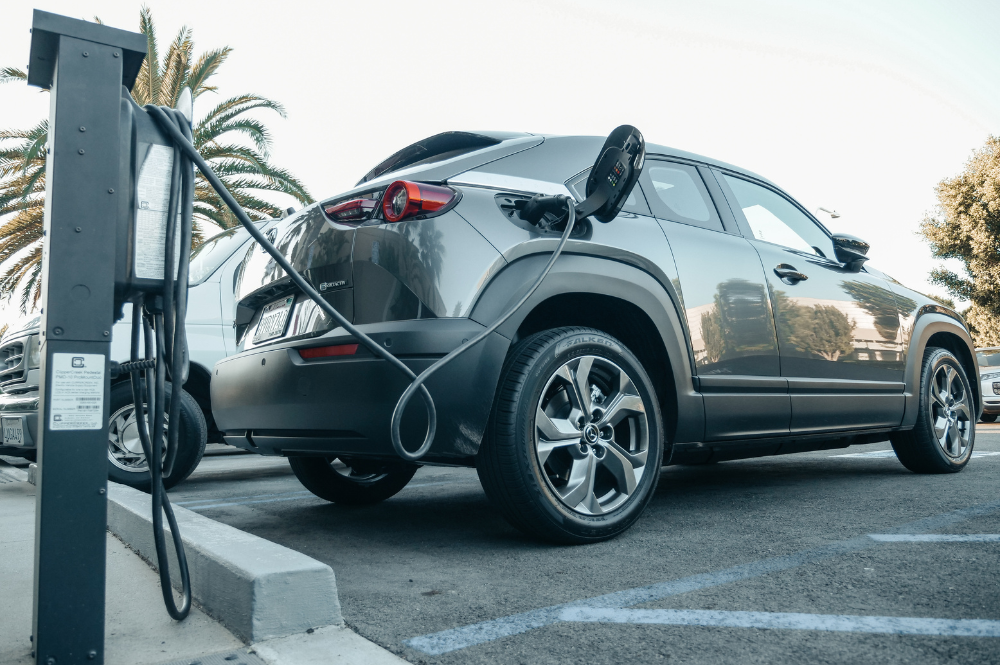With the ability to save on fuel and create a better environment, electric cars (“EVs”) are gaining momentum in Australia. But, are they worth the investment? What types of EVs are there? How do you charge them? We explore the most commonly asked EV questions for you.
Is it worth buying an electric car?
The initial purchase cost of an EV can be higher than a traditional car. But factors like lower fuel and maintenance costs, government incentives and reduced emissions make EVs a great option. And, while charging infrastructure expands across the country, the convenience of charging on-the-go only continues to improve.
What are the four types of electric cars?
EVs come in different forms to suit different driving needs and preferences.
- Plug-in Hybrid EVs (PHEVs): PHEVs combine an electric motor with a conventional engine, and can be charged with an external power source or with fuel. They make sense for day-to-day short commutes.
- Extened-Range EVs (EREVs): EREVs are similar to PHEVs, but have a larger battery capacity, allowing for a longer electric-only driving range.
- Hybrid EVs (HEVs): HEVs have an electric motor and a petrol/diesel engine, with the electric motor assisting the engine to improve fuel efficiency.
- Battery EVs (BEVs): Powered only by electricity, BEVs use rechargeable batteries to store energy and produce zero emissions.
Do all electric cars need to be plugged in?
Most EVs require external charging, except hybrid EVs (“HEVs” as above). HEVs utilise what’s known as regenerative braking and the internal combustion engine to charge the battery. This means there’s no need for external charging infrastructure.
Plug-in hybrid EVs (“PHEVs”) and battery EVs (“BEVs”) require external charging stations to recharge their battery capacity.
How long does it take to charge an electric car?
Just as mobile charge times can be unpredictable, so too are EVs. That’s because the charging time for an EV depends on severl factors. These can include the EVs battery capacity, the charging station’s power output, and the type of charger used.
Level 1 charging, which uses a standard household outlet, can take several hours (8 – 24) to charge an EV. Level 2 charging stations, which can be installed at home or found at public charging points, can charge an EV in 4 – 8 hours. Then there’s Rapid DC chargers that offer even faster charging times, supplying up to 80% charge in 30 minutes to an hour.
What infrastructure can I install at home to charge my electric car?
Installing a home charging station (known as Electric Vehicle Supply Equipment or “EVSE”) is the most convenient and efficient way to charge your EV. A Level 2 charging station can be mounted on a wall in your garage or parking space, and connected to your electrical panel. With a dedicated charging station at home, you can enjoy the convenience of overnight charging and start each day with a fully charged battery, ready for your daily commute or outings.
To support a Level 2 charging station at home, your best solar system infrastructure would be a hybrid solar system (solar panels, inverter and battery storage). A hybrid solar system support you to charge your EV without draining your electricity and facing exorbitant energy bill prices.
If you decide to invest in an EV, congratulations! So, when you’re ready to power up your EV, give us a call. With our expertise in solar energy solutions, we’ll get your home charging port sorted easily. Call us on 1300 4 SOLAR.


Leave A Comment